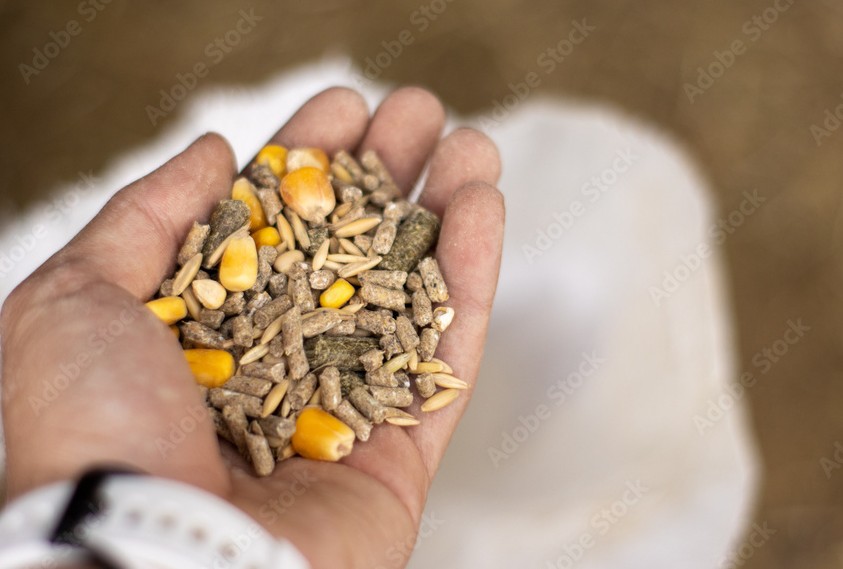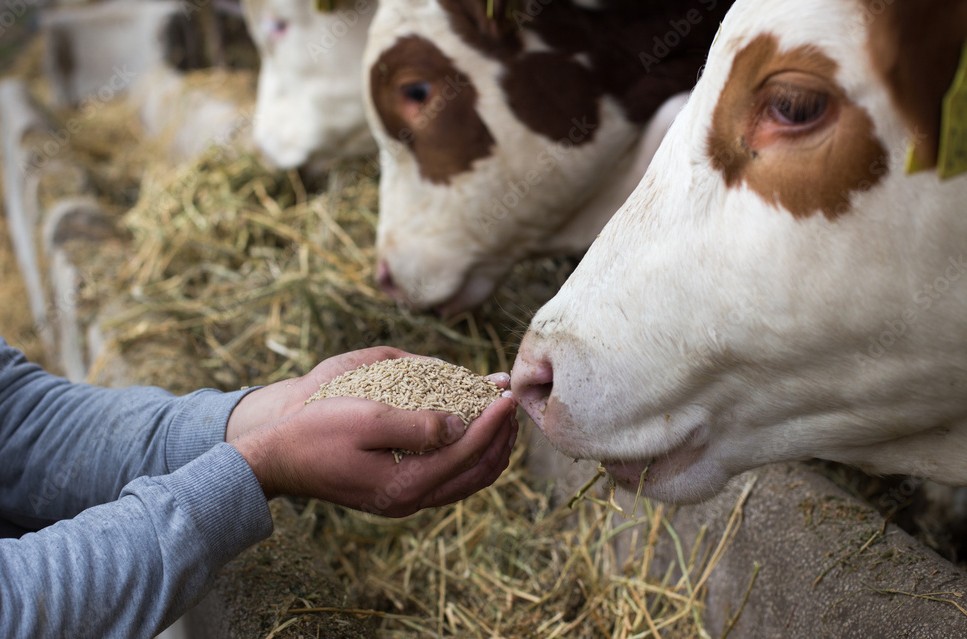Azolafam Ltd.: 16th March. 2025 { https://www.azolafam.com/ } Agricultural entrepreneurship is on the rise, and Africa…
Azolafam Ltd.: 29th March. 2025 { https://www.azolafam.com/ }

Livestock feed and nutrition play a crucial role in the health, productivity, and profitability of livestock farming. Providing animals with a balanced and nutritious diet is essential for optimal growth, reproduction, and overall well-being. This post will delve into livestock feed and nutrition, exploring the key principles, benefits, and best practices.
Understanding Livestock Nutrition
Livestock nutrition involves providing animals with the necessary nutrients to support their growth, maintenance, and production. The nutritional requirements of livestock vary depending on factors such as species, age, breed, and production level. The main nutrients required by livestock include:

Types of Livestock Feed
Livestock feed can be classified into several types, including:
Benefits of Proper Livestock Nutrition
Proper livestock nutrition has numerous benefits, including:
Best Practices for Livestock Feed and Nutrition
To ensure optimal livestock nutrition, follow these best practices:
Conclusion
Livestock feed and nutrition are critical components of successful livestock farming. By understanding the nutritional requirements of livestock, selecting high-quality feed ingredients, and following best practices, farmers can promote optimal growth, productivity, and overall well-being of their animals.